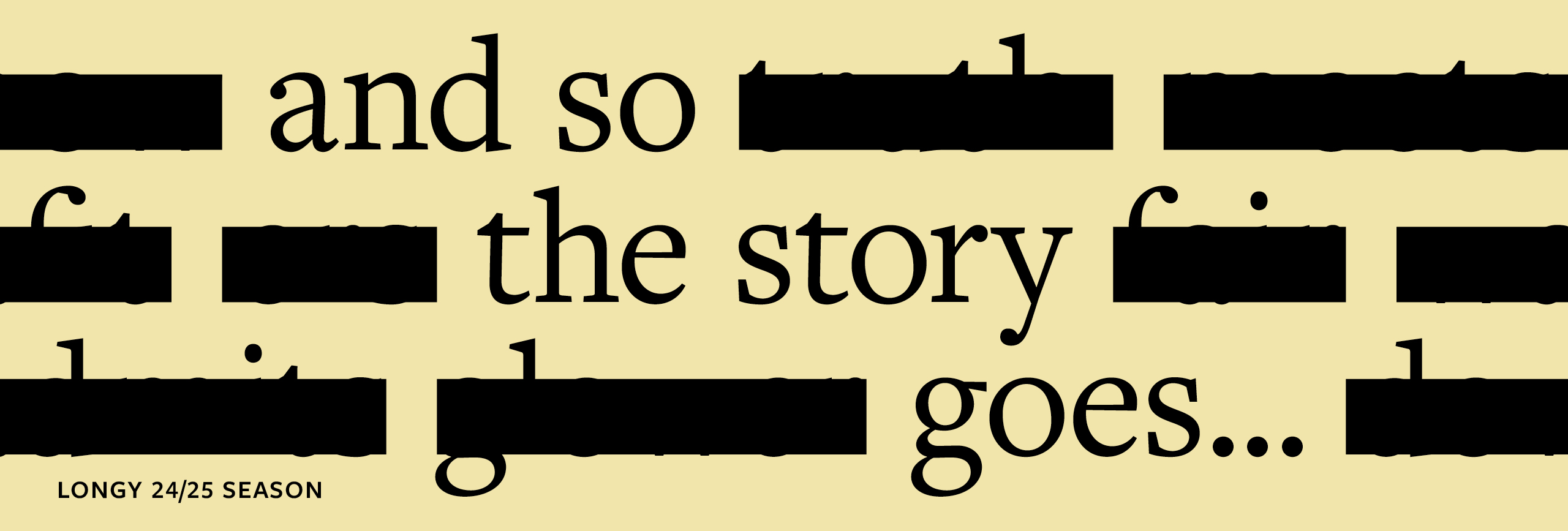“The Yellow Wallpaper” contains content that may be upsetting to some audiences.
“The Yellow Wallpaper” was originally published in 1892 by Charlotte Perkins Gilman. The story is considered a major work of feminist literature, and is semi-autobiographical in nature; Gilman herself suffered postnatal depression after the birth of her first daughter. Gilman underwent treatment by leading expert in women’s mental health of the day, Dr. Silas Weir Mitchell, who prescribed a ‘rest cure’ regimen which forbade Gilman from writing, reading, painting, and nearly all other activities. After three months, Gilman could not stand the methods any longer and began to write, penning the manuscript that would become “The Yellow Wallpaper.” She sent a copy to Dr. Mitchell, but never received a response. Gilman later sought a second opinion from prominent physician Dr. Mary Putnam Jacobi, who prescribed a regimen of physical and mental activity, a treatment that proved far more successful.
The story, told by an unnamed narrator (named Jane in our adaptation), describes the narrator’s experience of a “rest cure” as was experienced by women in the 19th century. Her husband John, who is also her physician and caretaker, has prohibited her from reading or writing. She is not allowed to leave the barren bedroom in which she resides. In the absence of else to do, the narrator begins fixating on the room, particularly the grotesque, sallow wallpaper. Eventually, she sees a figure moving behind the paper. As she questions this figure and their motivations, she disconnects more and more from herself, culminating in a complete disconnection from her identity.
This adaptation of Gilman’s was completed in 2023, with the benefit of over a century of societal progress and medical advances since the story’s original publishing. That said, it is saddening and sobering to remember that even today, mental illness is stigmatized, and medical abuse is still frustratingly present, particularly against patients who are female-identifying. In recounting and dramatizing this story, the librettist and the composer hope to remind audiences that people around the world still face abuse and mistreatment similar to that inflicted on the narrator of “The Yellow Wallpaper.”
Five Short Pieces
This is a cycle of five short works for mezzo-soprano, cello and piano. The text comes from poetry by Isabel Randall, under the nom de plume “The Inquisitive Typist.” Isabel approached me in 2022 about writing together, and these pieces are the fruit of that collaboration. Isabel’s words immediately spoke to me as a composer, with their intrinsically musical shape and contour. Isabel’s passion and creativity were invigorating throughout the process of setting her poetry, and I sincerely thank her for her ideas, her excitement, her patience, her friendship, and her beautiful performances of this music we created together.
Luna’s Song
This song is part of a larger theatrical song cycle entitled “Go Ahead, Try That!” My partner Sophie Carpenter conceived the project and asked me to write the music, which I enthusiastically agreed to do. The song cycle traces a line through the lives of various characters through the lens of their therapy sessions, examining their various reasons for seeking therapy and how they choose to confront their problems.
In this song, a character named Luna reflects on her rather static life; she feels unfulfilled, but afraid to step forward into the new experiences awaiting her. I, like Luna, have a great deal of fear about the future. That said, my time at Longy has helped me conquer that fear. I have discovered new areas of music that I have relished exploring, and I have honed in on the music and work that I feel passionate about. While the future remains uncertain, I am excited for the possibilities that it may bring.



